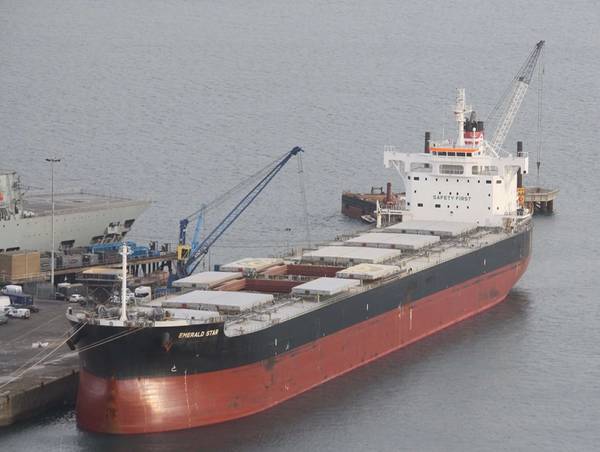
The Baltic Exchange's main sea freight index, tracking rates for ships ferrying dry bulk commodities, slipped on Wednesday as capesize vessel rates declined.
The overall index, which factors in rates for capesize, panamax and supramax shipping vessels, lost 11 points, or 0.8 percent, to 1,353 points.
The capesize index fell 30 points, or 1.4 percent, to 2,153 points. Average daily earnings for capesizes, which typically transport 170,000 tonne-180,000 tonne cargoes such as iron ore and coal, decreased by $269 to $16,808.
The panamax index dipped 9 points, or 0.6 percent, to 1,445 points. Average daily earnings for panamaxes, which usually carry coal or grain cargoes of about 60,000 tonnes to 70,000 tonnes, declined by $72 to $11,554.
The supramax index was up 5 points at 963 points.
Reporting by Harshith Aranya


